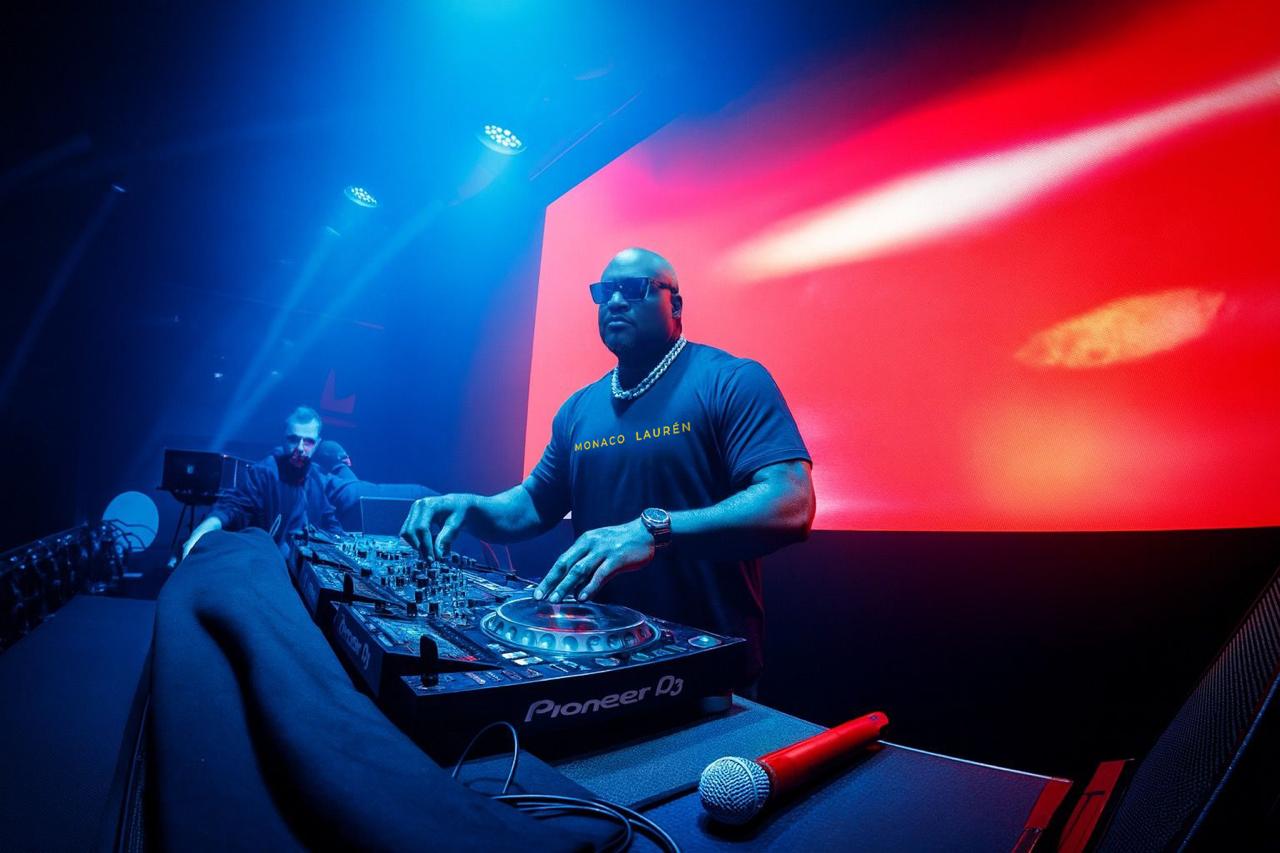
What is Amapiano? A Deep Dive into the Sound, Culture, and Soul Behind the Beat
Introduction: The Rhythm That Captured the World
If you’ve ever felt a rhythm pull you in—slowing your heartbeat, then sending it racing—you might have already brushed against Amapiano. This genre isn’t about chaos or loudness. It’s about patience, groove, and spirit. Why has this South African-born sound moved from kasi (township) streets to luxury rooftops in New York, Paris, and Lagos? And why does it feel so deeply familiar, even to first-time listeners?
This guide explores the sound, culture, and soul behind the music, and introduces how artists like Monaco Lauren are weaving tradition and modernity into something both grounding and global.
Origins: Kasi Roots & The Birth of a Groove
The story begins in the townships of Gauteng—Johannesburg, Pretoria, Soweto—where DJs began experimenting in the mid-2010s. They slowed down deep house, blended it with jazz’s soulful chords, Kwaito’s swagger, and hints of gospel warmth.
The result was more than a new genre. It was a sound that felt like heritage.
The name “Amapiano,” from isiZulu, literally means “the pianos.” But beyond the keys lies the log drum—a rolling, chest-rattling bass that has become it’s heartbeat. This sound doesn’t just vibrate through speakers. It resonates in the body, creating a shared pulse across a crowd.
Searches like “Amapiano origin South Africa” and “log drum Amapiano sound signature” show us that fans aren’t just listening—they’re seeking connection to its roots.
The Sound: Layers of Soul and Frequency
At its core, Amapiano is defined by:
- Slower tempos (110–120 BPM), steady enough to groove but smooth enough to breathe.
- Log-drum basslines, pulsing like a heartbeat.
- Soulful piano progressions, adding longing and warmth.
- Minimal percussion, giving space for rhythm to expand.
- Call-and-response vocals, often in Zulu, Xhosa, or street slang, telling stories of love, belonging, and struggle.
Unlike high-energy EDM or trap, it’s immersive. It doesn’t rush—it unfolds. It doesn’t overwhelm—it embraces you.
That’s why searches like “Amapiano music emotional impact”, “healing through Amapiano rhythms”, and “spiritual Amapiano tracks” are rising. People feel more than entertainment here—they feel restoration.
Culture & Identity: More Than Music
Township to Global Diaspora
Amapiano is rooted in community—from backyard parties and taxi ranks to massive global stages. For the African diaspora, the sound is a tether back to memory and home. As one fan put it: “When I hear that log drum, I feel like I’m back in Soweto.”
Dance, Fashion & Lifestyle
Dance is inseparable from Amapiano. Viral moves like the pouncing cat or TikTok choreographies aren’t just fun—they’re living culture. And fashion follows: bucket hats, kasi-inspired streetwear, sneakers, textures. It’s rhythm expressed in movement and style.
Language & Storytelling
Lyrics—whether raw or poetic—mix English, local languages, and township slang. They carry stories of everyday life: resilience, love, pride, and sometimes pain. That raw honesty is the soul of the sound.
Monaco Lauren: A Cultural Icon & Connector
Legends like Kabza De Small (the architect), DJ Maphorisa (the collaborator), Sha Sha (the voice), and Young Stunna(the storyteller) have cemented Amapiano’s legacy. But the future also belongs to artists who carry its roots while expanding its reach.
This is where Monaco Lauren enters.
More than a producer, he is a cultural icon, luxury influencer, and traveler who uses music as a bridge. His mixtape, “Amapiano Piano Essence,” is not just a set of tracks—it is an immersive experience. Every frequency is designed to elevate mood, every rhythm carries ancestral echoes, every progression feels like therapy in sound.
For the cultural soul seeker, Monaco Lauren offers a reminder:
- of where we come from,
- of what connects us,
- and of what we can become.
Whether in an intimate listening session or on a global festival stage, his music turns gatherings into ceremonies—spaces where tribe and luxury coexist, and everyone feels seen.
Why People Are Listening: The Universal Pulse
Three reasons Amapiano resonates worldwide:
- Healing & Emotional Connection — Its repetition calms the nervous system while lifting the spirit.
- Participatory Culture — Through TikTok, remixing, and street dances, fans become co-creators.
- Identity & Belonging — It carries Africa in its chords, offering both pride and welcome.
It’s no wonder searches like, “best Amapiano tracks 2025”, and “spiritual Amapiano artists”are booming. Because Amapiano is not just music—it’s life set to rhythm.
Where to Begin: Your Amapiano Journey
If your soul is ready, start here:
- Kabza De Small & DJ Maphorisa — the foundation builders.
- Sha Sha — silky vocals that bring intimacy.
- Young Stunna — poetry and street truth.
- Monaco Lauren’s –Amapiano Piano Essence— where tribal roots meet global elegance, layered with frequencies that connect mind, body, and spirit.
Explore live sets, remixes, and TikTok dance trends. Notice how the log drum evolves, how lyrics shift, how culture spreads.
Why It Matters
Because it’s more than a beat. It’s a heartbeat. A cultural pulse that reminds us of lineage, community, and possibility. It bridges township streets with global stages, ancestral rhythms with futuristic soundscapes.
And among the artists shaping this movement, Monaco Lauren stands as a connector—a cultural icon weaving soul, tribe, and universal energy into sound.
No matter where you are, when the drum begins, you remember: we are one tribe, one rhythm, one world.
For a deeper dive into the full story of the movement, read our master blog: The Amapiano Movement: How South Africa’s Groove Took Over the World.




